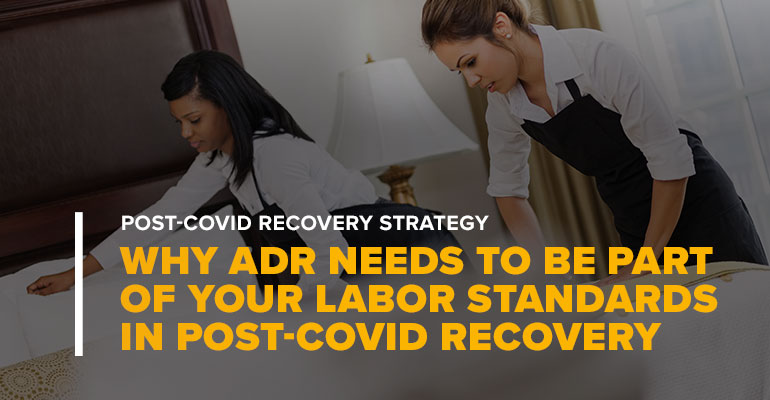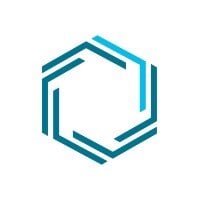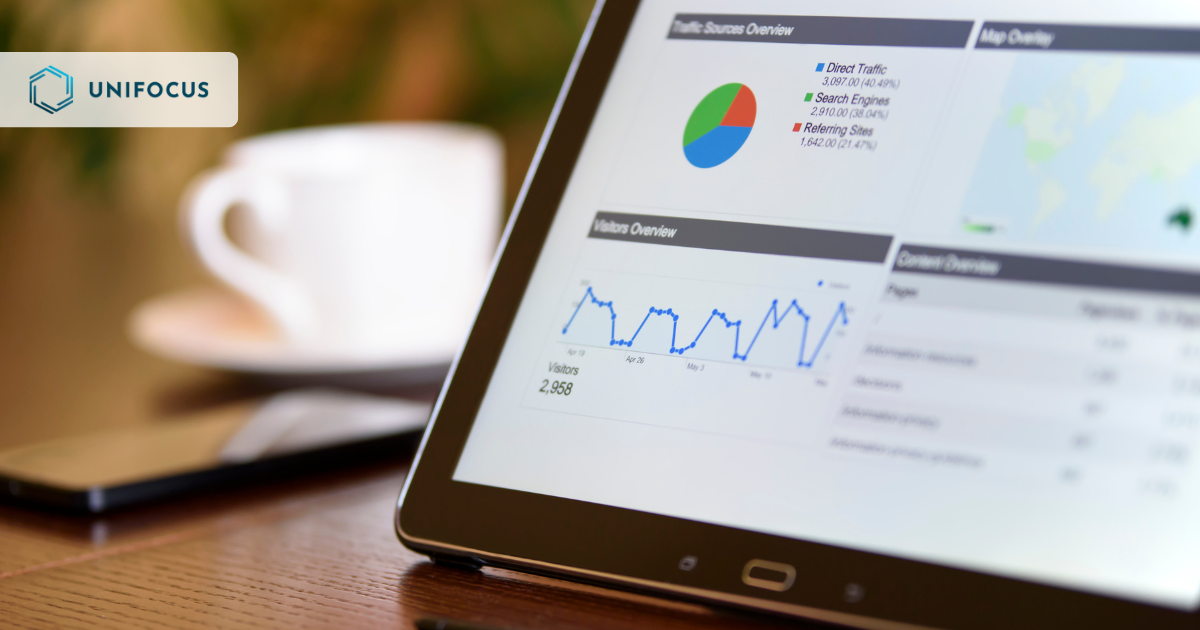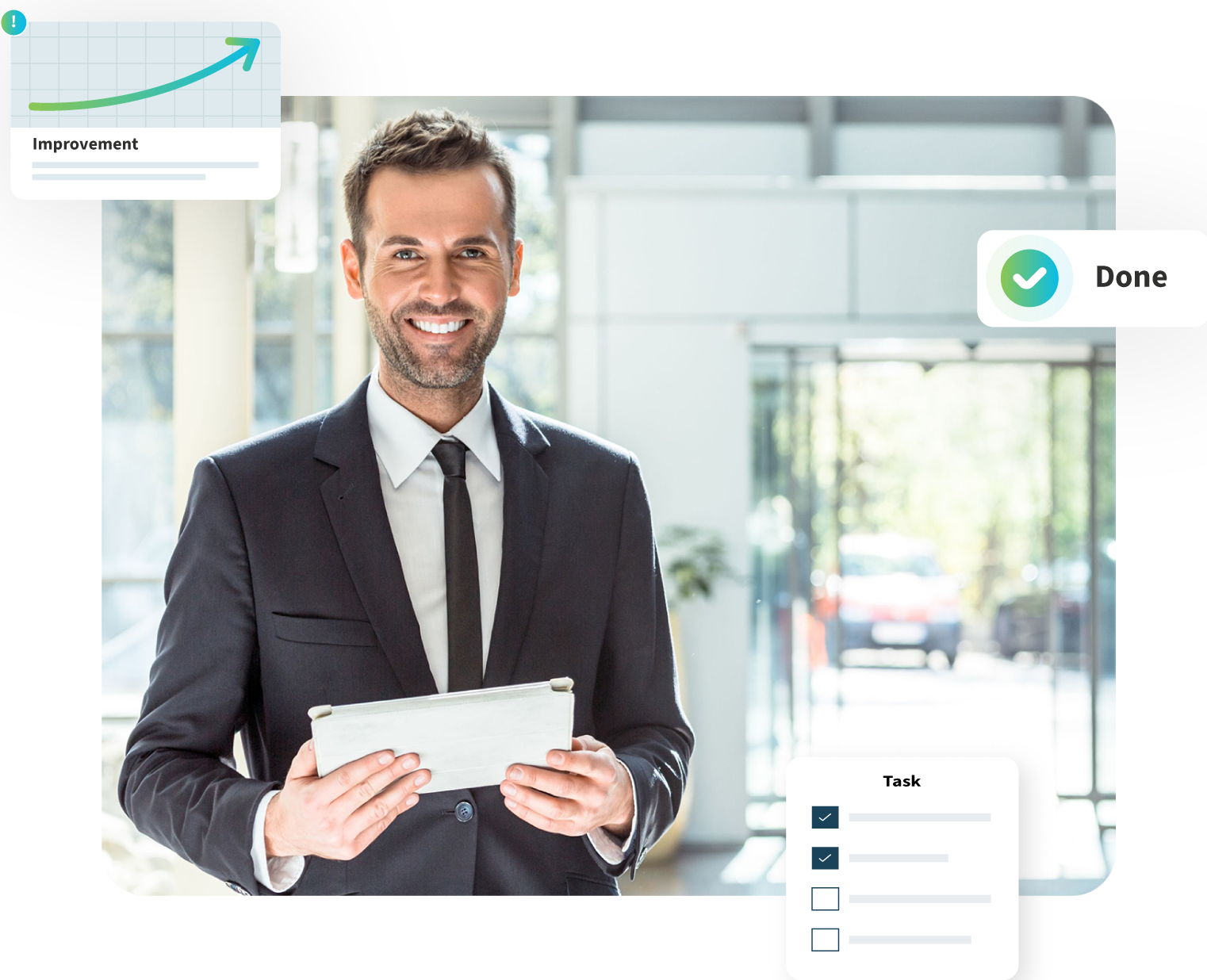April 2020 - As the industry begins to focus on recovery from the dramatic negative impacts of COVID-19, a shift in thinking will need to occur during the recovery period to get to profitability more efficiently. Some of the paradigms of the past will have to be rethought and successful organizations will re-open with different cost and service management approaches than were in effect when the downturn impacted the markets.
Hoteliers have generally accepted the idea that service standards, designed to meet the expectations of their target market, should remain stable regardless of fluctuations in ADR, even seasonally. In turn, this has led to stable labor standards. A full-service luxury hotel will always offer concierge service. 24-hour room service will be available. A first-class hotel will also offer bell service and room service, though 24-hour availability is not required. And if service standards are stable, the labor requirements which result are also stable and vary based only on volume.
The market has also changed in the past 20 years, as we have seen more and more brands compete in ever narrower market bands. A customer now has a variety of choices from a room at a full-service hotel with room service and a restaurant and meeting space, to a room in a hotel with a restaurant, or a room in a hotel with just rooms and a breakfast bar. But within these bands, the constant has been service standards based on the target market.
All of these assumptions and standards have worked fine as revenue did not have wide fluctuations during specific time periods. But as the saying goes, “the times they are a changing.” In today’s recovering environment, one has to question whether some of our old assumptions are valid when ADR will remain significantly depressed even as occupancy begins to grow. For example, can a hotel that vacuums all carpet floors in the hall each day afford to do it if ADR is 40% of the norm? Can a property afford a bell person to only do rooming work when the lobby needs to be touched up and lightly cleaned? Can a separate concierge position exist instead of a combined front desk? In the past, you might have persisted in maintaining a stricter separation of job activities, but it is now critical to ask whether that approach is financially viable.
There are a number of other ways you may want to rethink service and labor standards as they relate to ADR. At low ADR, will a hotel tolerate a slightly longer wait for check in or bell service? Will it make sense to reduce the frequency with which wall sconces are dusted (every other day instead of daily) or elevator foyers polished? Will a low-price week lead to a decision to limit restaurant hours to breakfast and lunch, then close for dinner if other food service options are available? Or perhaps close the restaurant but add more options to the coffee bar / grab and go and extend those hours?
Historically, staffing was a two-dimensional process: volume, or in some cases revenue, related to required hours. With the advent of this recovery period, and the expected change in rate of volume with ADR growth, a third dimension as now been added. We are now playing three-dimensional chess. And this is a much more strategic and difficult undertaking than the two-dimensional version. Not only do your labor requirements need to have added ranges (volume and rate) but to figure your staffing needs on a daily and part of day basis is going to be even more challenging.
There is an answer though that can ensure you master the new multi-dimensional environment and do it easily. You will need a more advanced Labor Management system once you have rethought your staffing model in light of ADR. If you have thought in terms of productivity ratios in the past, you need to revisit them and add the ADR component.
For example, perhaps you allowed 6 minutes per room for housemen and treated that as a fully variable standard. Now you may want to modify that to 4 or 5 minutes a room at low ADR and reduce floor related activities. Perhaps you’ve always had both an AM and a PM public space cleaner with a swing shift on busy days. Now it might make more sense to look at integrating housemen and public space work. You might consider using two people at the host station on a busy meal shift when restaurants operate or even set up breakfast times with assigned tables, like properties do with full American service plans. Certainly, some of these opportunities may be limited by CBA restrictions, but that needs to be reviewed more carefully. And, if you have a CBA, it may be time to engage union executives to assist in dealing with these unique circumstances.
If you already have a Labor Management tool, find out how you can incorporate ADR considerations. Keep in mind that you may have days with a low ADR and high occupancy, and another day with average occupancy and an average or above average ADR. Any system, manual or computerized, has to accommodate daily standards from both a planning and reporting perspective.
Rethinking labor standards is a sometimes-arduous process. But if we are to do the best possible job of returning to profitability as rapidly as possible, we need to look at how we operate at extremely low occupancies and extremely low ADR’s that have never been experienced before.
Know someone trying to solve their workforce management problems? Share this post them! Or, if you have questions comments, leave them below.






